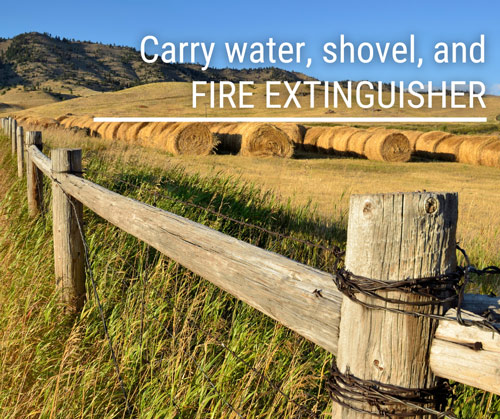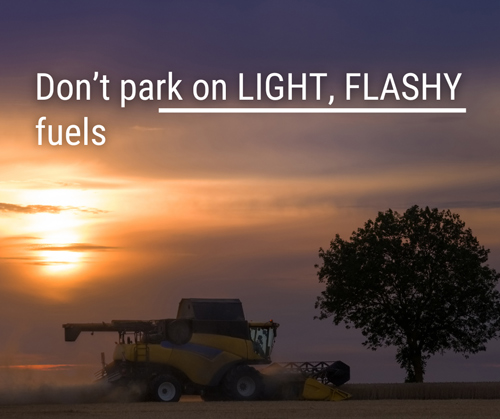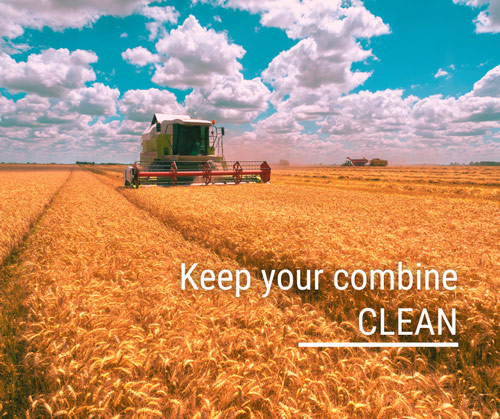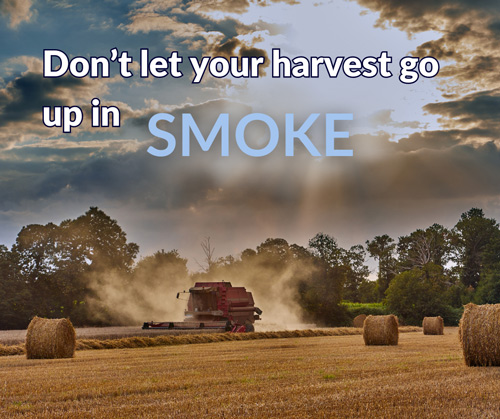Written by Mike Schuldt, Custer County Extension Agent
Water quality often decreases during drought. This article focuses on water quality concerns, testing, and interpretation. Many Eastern Montana County Extension offices have a meter to measure total dissolved solids (TDS) which can be a first step in investigating water quality. If TDS measures in the 2500-3000 ppm range or higher, a lab analysis should be obtained to identify the salts that make up the TDS. A basic laboratory water quality analysis will measure, at a minimum, sodium, calcium, magnesium, pH, nitrate, sulfate, and total dissolved solids.
Total dissolved solids (TDS) consist of the dissolved salts in the water, including sodium, chloride, carbonates, nitrates, sulfates, calcium, magnesium and potassium. It is generally expressed in parts per million (ppm). A guide to livestock and poultry response to saline water is: Less than 1000 ppm is excellent for livestock use, 1000 – 3000 satisfactory for our cattle, horses and sheep, 3000 – 7000 may cause diarrhea in animals not accustomed to the water and has a risk of sulfate issues. Over 7000 ppm should be avoided and laboratory test to determine specific at risk salts should be obtained.
In our area high-sulfate water is one of the major risk factors. Elevated sulfate levels lead to poor animal performance, reproductive issues and at higher levels polioencepahlomalacia (Polio) and death. High-sulfate water has a laxative effect and usually tastes bitter. Water analysis results this year have measured sulfate levels that make up nearly 100% of the TDS, critical levels may be present in our water sources with TDS levels as low as 3500 TDS. Sulfur negatively impacts the absorption of copper. Producers with elevated water sulfate concentrations may wish to address these copper availability issues by increasing their copper in their mineral package
The use recommendations for sulfate containing water are: Up to 2500 ppm, relatively safe, 2500 – 3500 reduce copper availability, some polio, 3500 – 4500 very laxative and higher risk of polio induced death, over 4500 not recommended for use.
Sodium should also be monitored as excessive levels of sodium have a diuretic effect. By themselves, sodium and magnesium normally pose little risk to livestock, but their association with sulfate is a major concern. Water over 800 ppm sodium in the presence of high sulfates would be of concern. Also, the laxative effects of high sulfate water will be more dramatic as water pH increases.
High nitrate concentrations in water can be poisonous. Just as with nitrate toxicity from forages, nitrate from water is converted to nitrite in the rumen. This is of special concern as many of our forages have elevated nitrate with the drought conditions.
One other issue to be monitoring is the presence of Blue-green algae, or cyanobacteria, are photosynthetic bacteria that live and grow in aquatic environments. Poisoning usually does not occur unless there is a heavy bloom that forms a dense surface scum. Colonies may look like a skin or paint on or just below the water surface. Ruminants and birds are more sensitive to the toxins than monogastrics. Among domestic animals, dogs are most susceptible. Ranchers have reported dead birds and other wildlife along shorelines of affected water sources.
Water quality is a critical nutritional factor that influences animal health, performance, and wellbeing. Please don’t hesitate to contact me if you have questions about water sampling, testing, or interpretation of analyses.






